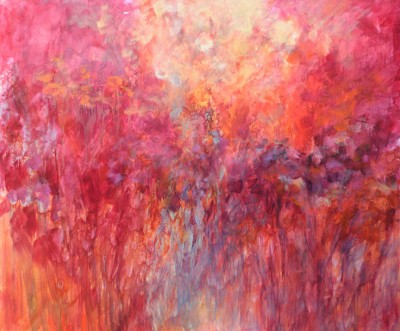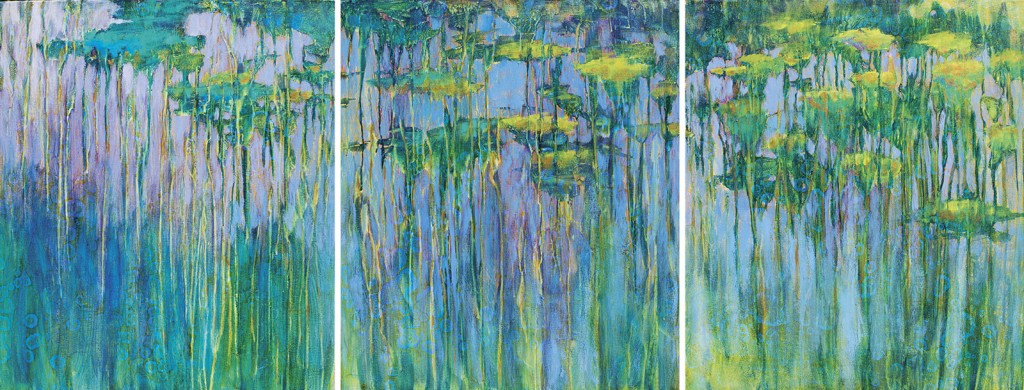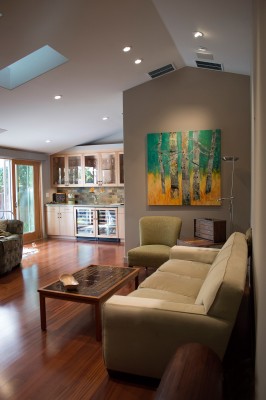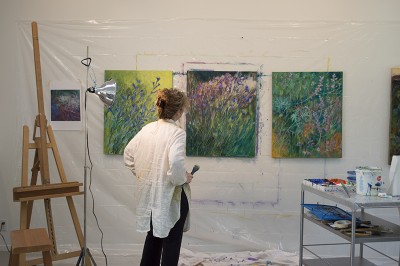People often ask me when I sell a painting, is it hard to let go? With the creative process being so personal, how can you avoid feeling that you have given a part of yourself away? How can you not feel loss of some sort, almost as if giving a child away?

I must admit, I do feel spoiled, as I have gotten to know and become friends with a lot of my collectors. I have the opportunity to see my paintings in their home on occasion, and perhaps even share a glass of wine upon its delivery. I get to meet their friends who also admire the painting, and meet family who sit at table with the painting joining them in the dining room each evening. I meet complete strangers who see my paintings on home tours, and form a deeper relationship with friends I have known for years—all through my art.
The recent sale of the painting above has a sweet story. It sold to a friend of a friend, completely online, over 3,000 miles away, without her ever seeing the original. Through many phone conversations with this collector, the relationship was formed, and her connection to my art became apparent. She told me that after looking for over 5 years for that special painting for her living room, and searching for one that really resonated with her, she finally found “In My Garden” (above). When initially describing to me what the ideal painting would be, I immediately thought of the painting above. After showing her several other images, she fell in love with this piece.
What I have learned, is that when I paint, I definitely paint to please myself, but in a bigger picture, it really isn’t about me, it is about the person in whose home it will reside. It is about them waking up to it in the morning, and living with it in their daily lives. It is about their dream, their connection to it.
So when a painting sells, my mission is complete. I have already let go of it the moment I created it and then again when it transfers over to its rightly owner—the person for whom the painting was created.





